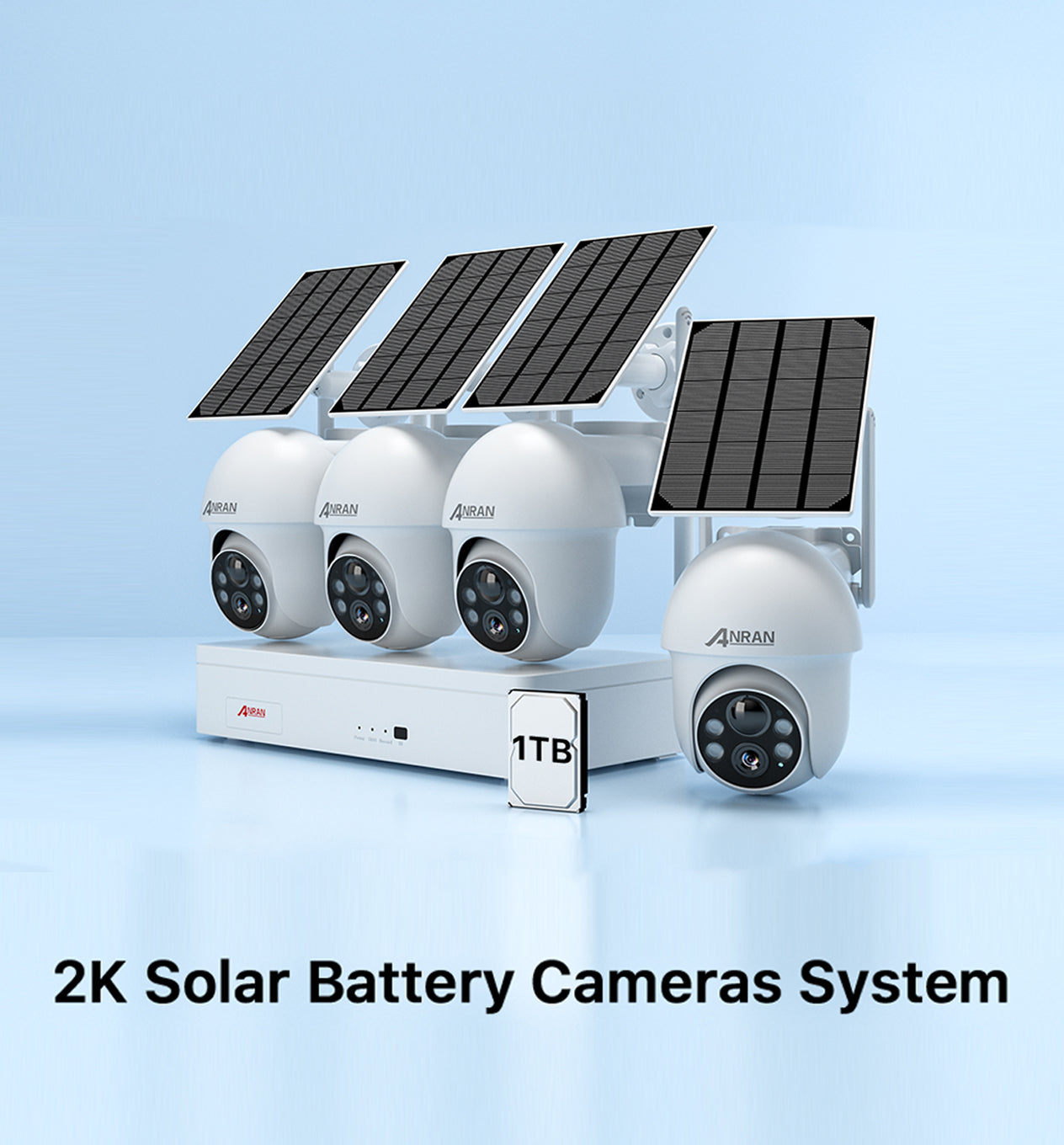Unlock the Secrets of Home Security: Discover the Magic of Modern Camera Systems!
In today's world, the importance of home security cannot be overstated. With rising concerns about break-ins and property crimes, many homeowners are turning to security camera systems to safeguard their homes and loved ones. These systems not only serve as a deterrent to potential intruders but also provide peace of mind, allowing homeowners to monitor their properties from anywhere at any time. The technological advancements in recent years have transformed traditional security measures into sophisticated smart solutions, making it easier for individuals to keep an eye on their homes and receive real-time alerts. As we delve deeper into the intricacies of security camera systems, we will explore their features, functionalities, and how they can enhance your home security strategy.

Understanding Security Camera Systems
Security camera systems are designed to monitor and record activities within and around a property. These systems can vary significantly, encompassing a range of technologies and types tailored to specific security needs. Broadly, they can be categorized into wired and wireless systems, each offering unique advantages. Wired systems, while generally more stable and reliable, can be more challenging to install due to the necessary cabling. On the other hand, wireless systems provide greater flexibility and ease of installation, making them an attractive option for many homeowners. Additionally, security cameras can be classified as indoor or outdoor, with outdoor cameras often designed to withstand various weather conditions and provide a wider field of view. Integrating these camera systems into a comprehensive home security strategy can significantly enhance the safety of your property, as they work in conjunction with other security measures such as alarms and motion sensors.
Key Features of Modern Camera Systems
Modern security camera systems are equipped with a host of features that enhance their usability and effectiveness. High-definition video quality is a primary selling point, allowing homeowners to capture clear and detailed footage that can be crucial for identification purposes. Night vision capabilities ensure that even in low-light conditions, these cameras can provide a clear view of any activity. Motion detection is another essential feature that alerts users to any movement within the camera's field of view, minimizing the need to sift through hours of footage. Many modern systems also offer cloud storage capabilities, ensuring that all footage is securely stored and accessible from anywhere. These features not only enhance the security of a home but also make it easier for homeowners to monitor their properties effectively, offering a blend of convenience and peace of mind.
How Security Camera Systems Work
The technology behind security camera systems is fascinating yet straightforward. Cameras capture video footage through lenses, which is then transmitted to a recording device or cloud storage. This process can happen in real-time, allowing users to view live feeds directly on their smartphones or computers. Mobile applications play a vital role in this ecosystem, enabling homeowners to monitor their security feeds from virtually anywhere. When movement is detected, the system can send alerts to the user's device, ensuring that they are always in the loop regarding their property’s security. Many systems also allow for two-way audio communication, enabling homeowners to speak with anyone on their property through the camera, further enhancing security and interactivity.
Benefits of Installing Security Camera Systems
The benefits of installing security camera systems are numerous and can significantly impact the safety of your home. One of the most compelling advantages is their ability to deter crime; the mere presence of a camera can discourage potential intruders. Numerous studies have shown that homes equipped with security cameras are less likely to be targeted by burglars. Additionally, in the unfortunate event of a crime occurring, security cameras can provide invaluable evidence that can aid law enforcement. A friend of mine recently had an incident where a suspicious individual was caught on their security camera, leading to a swift identification and apprehension by the authorities. Beyond crime deterrence and evidence collection, these systems offer homeowners peace of mind, knowing they can monitor their property at any time. With the ability to review footage and receive instant notifications, security camera systems prove to be an essential component of modern home security.
Final Thoughts on Security Camera Systems
Understanding security camera systems and their features is crucial for any homeowner looking to enhance their property’s safety. With various options available, from wired to wireless systems, and a plethora of features designed to improve usability, it’s essential to assess your unique security needs. Investing in a reliable security camera system can provide not only a sense of security but also a proactive approach to safeguarding your home. As you consider your options, remember that these systems are not just about surveillance; they represent a commitment to the safety and well-being of your family and property.






Comments